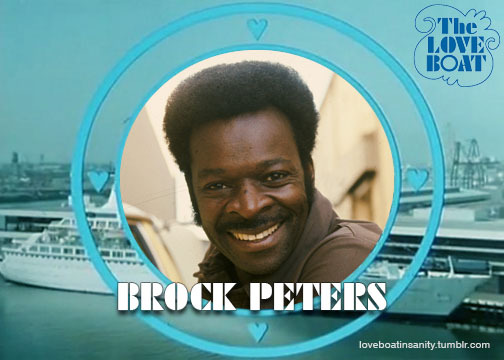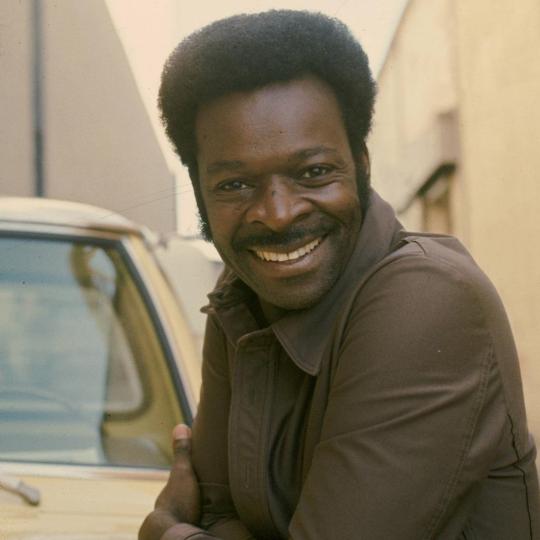#brock peters
Text
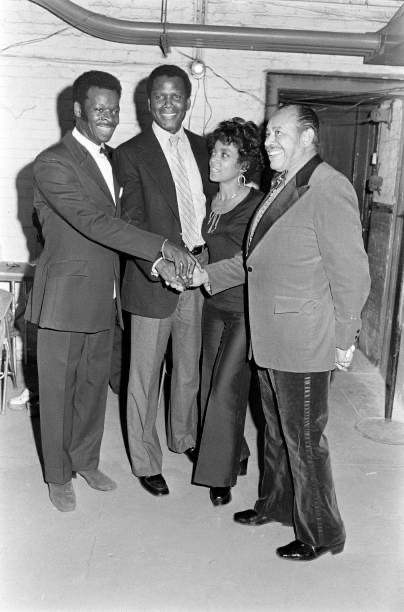
Brock Peters, Sidney Poitier, Ruby Dee, and Cab Calloway attend the "Harlem Homecoming" benefit performance at Loew's Victoria Theater in New York City in November 1972.
78 notes
·
View notes
Text

Batman: The Animated Series - Paper Cut-Out Portraits and Profiles
Lucius Fox
A well respected and talented businessman, Lucius Fox acted as the chief financial officer for Wayne Enterprises. He effectively ran the company and managing day to day operations. Shrewd and pragmatic, Fox’s excellent stewardship over the company enabled Bruce Wayne the freedom to pursue his crime fighting adventures as The Batman. It is possible that Fox may have suspected Bruce’s alter ego as Batman, but he never mentioned the matter.
In the future, Bruce Wayne helped Fox’s son, Lucius Fox Jr., start the successful tech form, Foxteca. Foxteca competed with Wayne-Powers for government contracts, leading Derek Powers to hire the mercenary, Inque, to sabotage Foxteca sites. Inque was defeated by Batman (Terry McGinnis) and Lucius Fox Jr.’s company thrived.
Actor Brock Peters voiced Lucius Fox with the character first appearing in the fourth episode of the first season of Batman: The Animated Series, ‘Feat of Clay Part One.’
33 notes
·
View notes
Photo
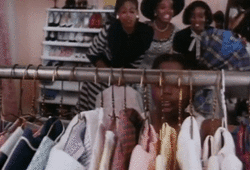
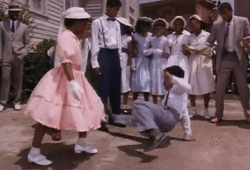

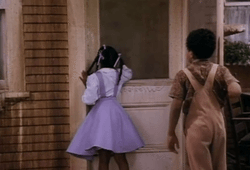


Polly: this musical adaptation of the classic American novel features a star studded Black ensemble cast led by the adorable Keshia Knight Pulliam! Polly Whittier is sent to live with her wealthy but uptight Aunt & she brings an unwavering dose of optimism to the residents of Harrington, Alabama.
#scenes#1990s#black cinema#musicals#looks#ladies#coming of age#polly#pollyanna#phylicia rashad#keshia knight pulliam#brandon quintin adams#vanessa bell calloway#brock peters#t. k. carter
260 notes
·
View notes
Photo

Slaughter’s Big Rip-Off, Italian Lobby Card (Fotobusta), 1973
#submission#Slaughter's Big Rip-Off#Gordon Douglas#Jim Brown#Brock Peters#Lobby Cards#Lobby Card#Fotobusta#Fotobuste
5 notes
·
View notes
Photo

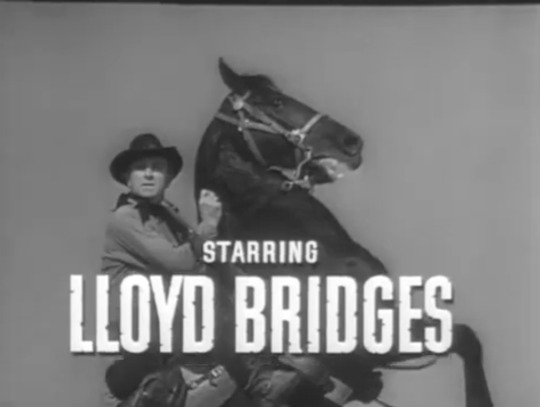
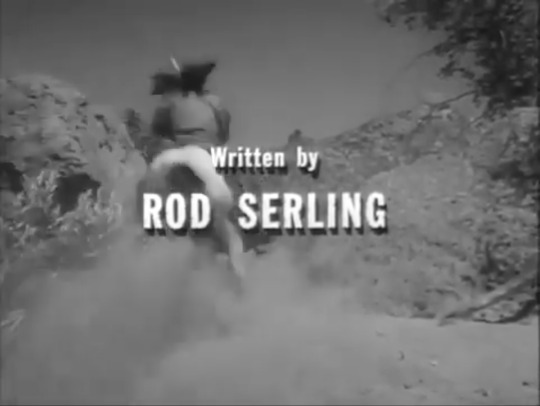
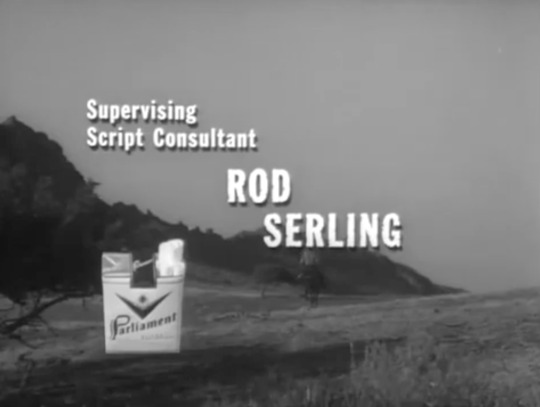

youtube
Rod Serling’s The Loner (1965)
20 notes
·
View notes
Text

r e m e m b e r i n g
Brock Peters
2 July 1927 – 23 August 2005
⚘️
[pic: peters as joseph sisko, ds9]
#remembering#actor#brock peters#died on this day#star trek#star trek deep space nine#deep space nine#star trek characters#ds9 character#joseph sisko#ds9 season 4#deep space nine season 4#ds9 paradise Lost#paradise Lost#lot: st ds9 season 4 ep 12/26 (ep 84/176)
7 notes
·
View notes
Text
The character of the ogre from the Puss in Boots adaptation of the Faerie Tale Theater (played by Brock Peters) is a fascinating incarnation of the ogre character. I won’t go into a full portrait, but I want to point out some highlights.
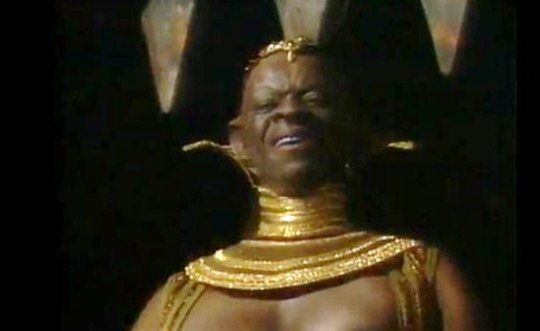
# The apparition of the ogre - with a focus on the black boots he wears, clearly paralleling him to the Puss in Boots himself.
# The way the ogre describes himself to the cat in order to introduce his character:
“I am an ogre! I eat spiders, and dogs, and children, and armies... and cats. Without prejudice! And to wash them down I drink grease and call it nectar, and drink brine and call it ambrosia. I sleep on a bed of serfs, and if one should dare to twitch in the course of my rest, all are torn limb from limb and serve as mincemeat to the farm animals.”
On top of nice little effects (the escalation of the things the ogre eats, or the re-use of the mincemeat threat of the Cat), we have here the perfect illustration of both the ogre’s gluttony (here manifested as an omnivore threat) tied to the tyranny of the cruel lord (a tyranny which was only subtly implied in the original tale, but here fully explored in a dark but extravagant way, with the bed of serfs).
# The inside of the ogre’s castle. It is filled with precious items and artefacts, with coins and jewels. There are riches everywhere, which are the only glow and true light in the darkness of the castle... and yet you notice that they all sit in piles covered by spiderwebs. This shows the ogre’s character as one of a hoarder - like a dragon, that accumulates riches for the sake of it not, even for using them. Even worse, he crushes a gem in front of the Cat just to prove his power - he clearly does not care about his riches at all. We have here a full activation of the underlying theme of excess in all ogres, coupled with a nice parallel between the greedy hoarding of the ogre and his destructive gluttony.

# The “hate” monologue. Oh, the hate monologue! So simple, simple enough to perfectly work in the humoristic tones of the story and the overall “for kids” vibe - and yet! And yet that reveals a form of deeper and more mature poetry. I transcribed it below:
“You begin to anger me cat! But fear not... Everything angers me. It’s a hard life, hating. I hate this castle, I hate my serfs, I hate this chamber... I hate this chair, I hate your chair too, but I hate mine a bit more. Give me your chair or I’ll eat you now! This is a better chair, but a worst view.... I hate the view from this chair. I particularly hate the view of you. Anything I see, I hate, this is why I eat it. In order to get it out of my sight. Anything I lay my eyes on, I eventually eat. Once I made the mistake of looking in the mirror... What I saw was so offensive that I began to eat myself. If I had not tasted so bad, I wouldn’t be here to tell the tale! A life on the edge, you might say...”
Ogres are characters of anger, cruelty and destruction - as I explained before - but here, the writers decide to focus on the idea of hatred, and tie the ogre’s devouring to this very concept, mixing the two in something that is much more than a macabre sweet-tooth. You have here an extreme misanthropy taken to fantastical extremes, which calls to mind the vicious workings of eating disorders like bulimia or hyperphagia - a parallel that becomes even more obvious when the ogre talks of the mirror incident. To add self-loathing and self-hatred into the character of the ogre just makes the metaphor more poignant, and shows how extreme his destructive ways are, even to the point of self-destruction...
On the outside it just looks like an humoristic monologue, and for kids it is just wacky and dark jokes typical of nursery rhymes books - the type of “The ogre hated everything and thus ate everything [note the parallel of the words “hate” and “ate”, “hating” and “eating”] ; and he hated everything he saw, so he ate everything he saw, and one day he saw himself in the mirror and tried to eat himself!”. Seems like those things you’ll read in small children’s books - and yet, when you consider it as an adult, and when you know what the ogre characters were all about in the original text, it takes such a stronger, more mature, more... dare I say powerful meaning? I just love this part.
# And as a final point: the ogre’s reaction to the cat’s behavior. In the original tale, the cat plays on the ogre’s ego, basically daring him into performing things. He is a prideful and arrogant creature that searches to prove to the cat he can do everything he is said to be able to do. In other adaptations the cat rather plays on flattery, and in these versions the ogre’s ego is much more vain and self-centered, as in exchange of praise he does everything the cat suggests.
But here? They did something quite unusual, that I haven’t seen much: they have the ogre be... disappointed. He is disappointed to not have scared the cat, he is sad upon hearing that he is boring, he worries about being too over-dramatic... This is an unusual way to go, but it works very well, by giving more nuances to the ogre, and overall strenghtening the whole acting game of him constantly jumping from brutal, menacing threats to more jovial, cordial, even humoristic sentences.
They truly did a good job with this character.
19 notes
·
View notes
Photo
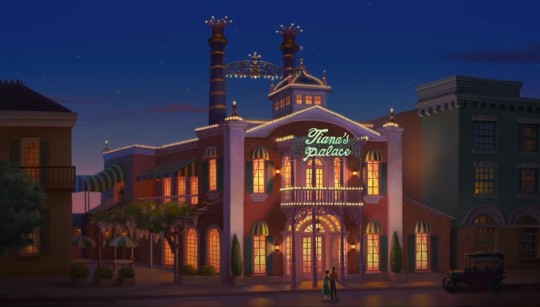
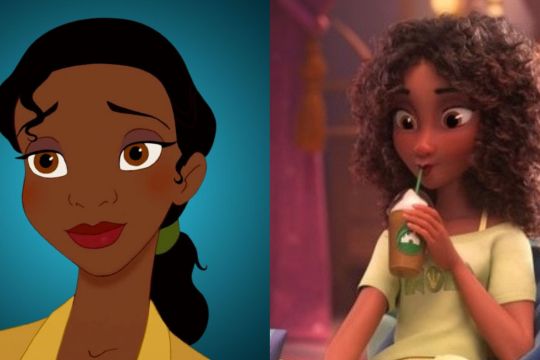
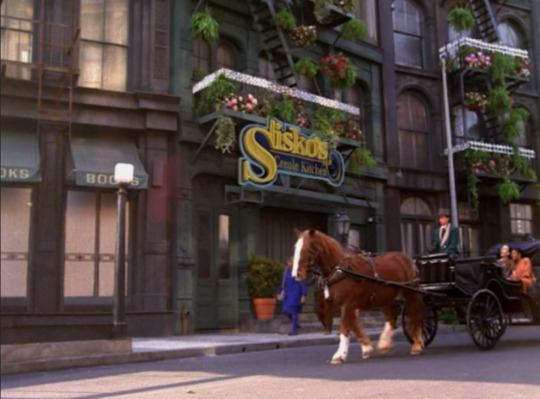

Which fictional New Orleans restaurant would you like to go to: Tiana’s Palace or Sisko’s Creole Kitchen?
#star trek#deep space nine#star trek deep space nine#ds9#star trek ds9#the princess and the frog#tiana#disney#anika noni rose#brock peters#joseph sisko#new orleans#creole food#restaurant#black owned#tiana's palace#sisko's creole kitchen
10 notes
·
View notes
Photo
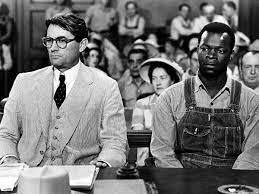
Brock Peters started to cry while filming his testifying scenes in "To Kill a Mockingbird" (1962), without rehearsing it this way, and Gregory Peck said that he looked past him, instead of looking at him in the eye, to avoid choking up himself. According to Peters, the producers were reluctant to cast him, because he had been typecast as a villain.
A product of NYC's famed Music and Arts High School, Peters (born George Fisher) initially fielded more odd jobs than acting jobs as he worked his way up from Harlem poverty. Landing a stage role in "Porgy and Bess" in 1949, he quit physical education studies at CCNY and went on tour with the acclaimed musical. His film debut came in "Carmen Jones" (1954).
Despite the novel's winning the Pulitzer Prize, the studios were not interested in securing the film rights, since they felt that it lacked action and romance (with the absence of a love story), and that the villain does not get a big comeuppance. Producer Alan J. Pakula disagreed, however, and persuaded director Robert Mulligan, his producing partner at that time, that it would make a good film for their Pakula-Mulligan Productions. Together, they were able to convince Gregory Peck, who readily agreed to the role.
Peck journeyed to Monroeville, Alabama with Mulligan and Pakula to meet Harper Lee's ailing father. True to the story, Amasa Lee really had been a widower who raised his children by himself, and at the same time was ready to defend a black man falsely accused of crimes he did not commit. The experience of meeting the actual man aided Peck's performance immeasurably.
Peters delivered Peck's eulogy on the date of his funeral and burial in 2003. (IMDb)
Happy Birthday, Brock Peters!
[Cinema Shorthand Society]
52 notes
·
View notes
Text

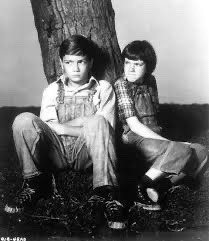
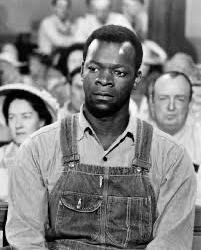


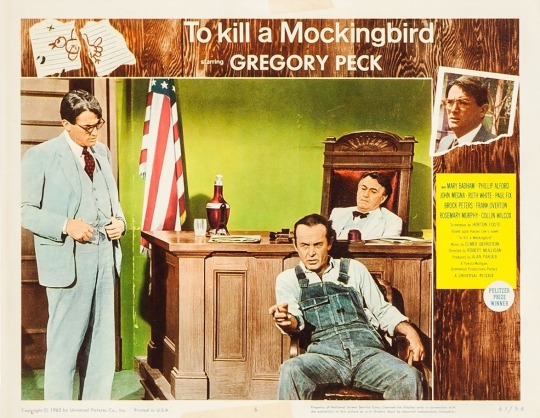
Robert Mulligan‘s TO KILL A MOCKINGBIRD, based on the 1960 Pulitzer Prize-winning novel of the same name by Harper Lee, premiered in Los Angeles on December 25, 1962. #OnThisDay
53 notes
·
View notes
Text
Faerie Tale Theatre Reviews: Grimm Party (Faerie Tale Theatre’s Greatest Moments)
For years, Grimm Party was considered a lost episode of Faerie Tale Theatre. I didn’t know much about it going into these reviews, either. When I found out it was packaged with the complete series I was more than a little excited, and knew I had to include it in these reviews. What could it be? A behind-the-scenes look at how the show was made? An in-depth documentary detailing the grim and often…

View On WordPress
#80s television#afterparty#Aladdin#anthology#anthology series#beauty and the beast#beverly d&039;angelo#Big Bad Wolf#blog#blog post#bridgette andersen#Brock Peters#brothers grimm#cast party#Christopher Reeve#clip show#costume party#dancing princesses#dream#Ed Begley Jr.#evil witch#Faerie Tale Theatre#faerie tale theatre reviews#flashback#flashbacks#frog prince#good witch#grimm#Grimm Party#grimms fairy tale
2 notes
·
View notes
Photo
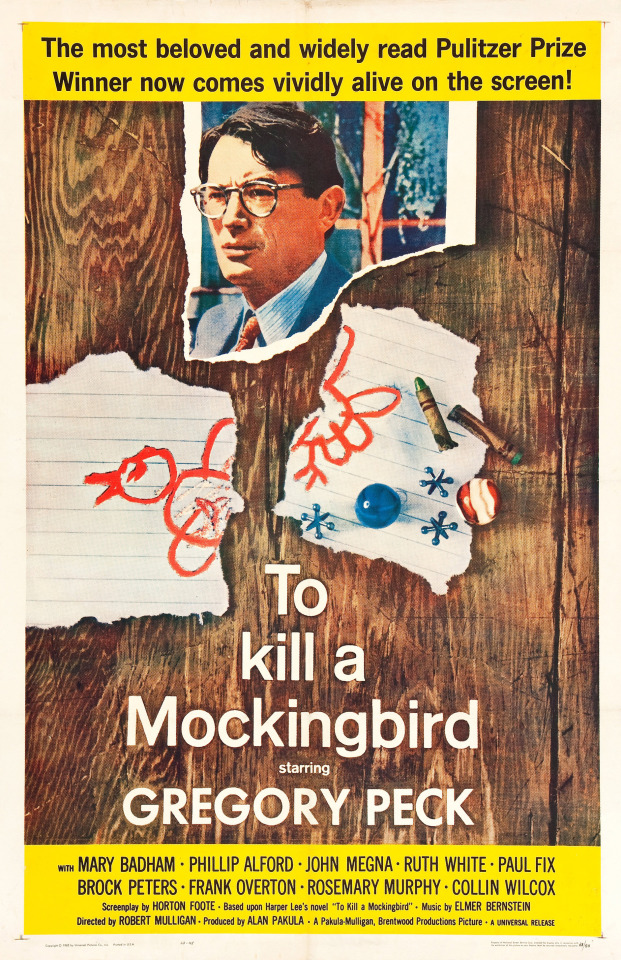
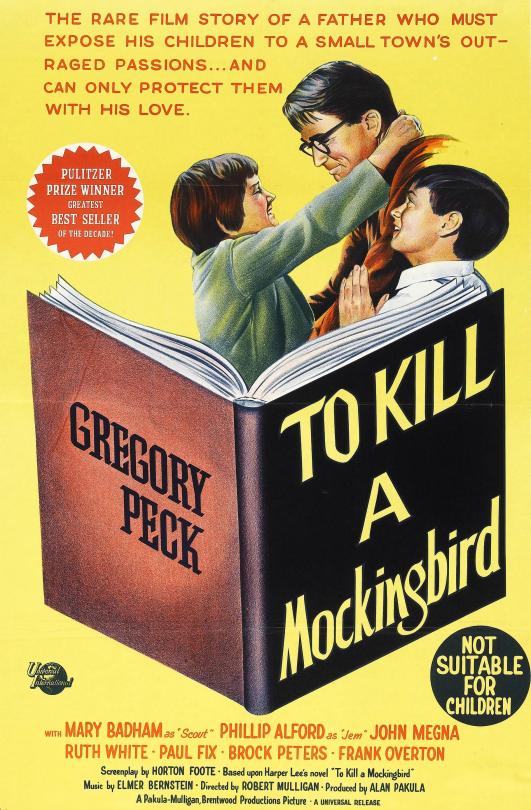
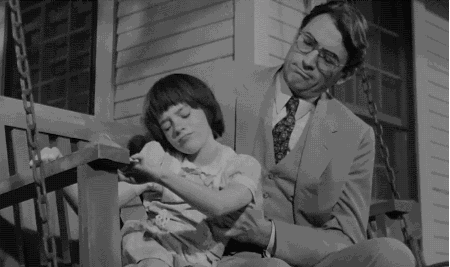
Endless List of My Favorite Movies
To Kill a Mockingbird (1962)
#To Kill a Mockingbird#Gregory Peck#Mary Badham#Phillip Alford#John Megna#Frank Overton#Rosemary Murphy#Robert Duvall#Brock Peters#Endless List of My Favorite Movies#ELoMFM
7 notes
·
View notes
Text
Spicy City (1997)
In today's review, I find there are countless stories, digitised in the city
As I attempt a #positive review of the 1997 mature animated series, Spicy City
#MichellePhillips
#JamesKeane
#BarryStigler
#MaryMara
#JohnHostetter
#VinceMelocchi
#AlexFernandez
It is hard to think that there was a time when the internet, and computers, were seen as a confusing impenetrable wilderness, filled with unsavoury characters, and reacquiring great amounts of deal and effort to navigate. Sustaining a lot of uncertainty, which fuelled mistrust, and in turn, drew a certain kind of person to the burgeoning technology like a moth to the flame. In 1997, during an era…

View On WordPress
#1997#Alex Fernandez#Andy Philpot#animated#Barry Stigler#Brendan O&039;Brien#Brock Peters#Cecilia Noel#Charlie Adler#Dan Castellaneta#Danny Mann#Darrell Kunitomi#David Fennoy#E.G. Daily#Grace Zandarski#James Asher#James Hanes#James Keane#Jennifer Darling#Joey Camen#John Hostetter#Julie DeMita#Lewis Arquette#Marnie Mosiman#Mary Mara#Matt K. Miller#Michael Yama#Michelle Phillips#Pamala Tyson#positive
2 notes
·
View notes
Photo
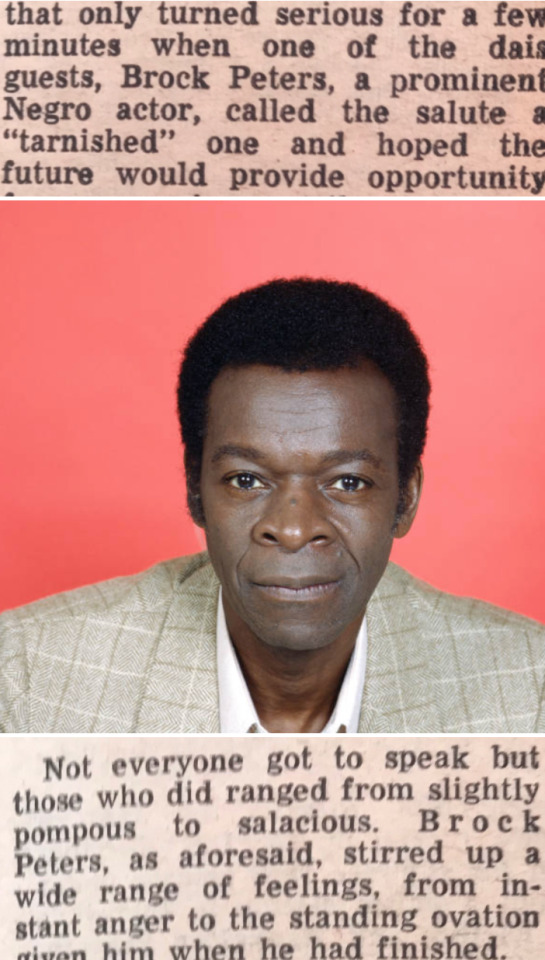
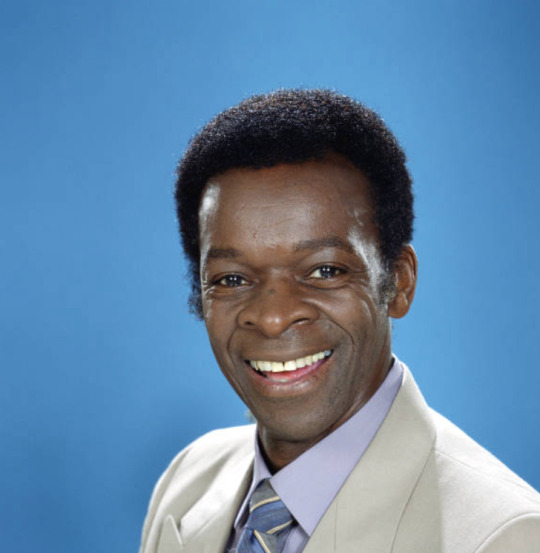
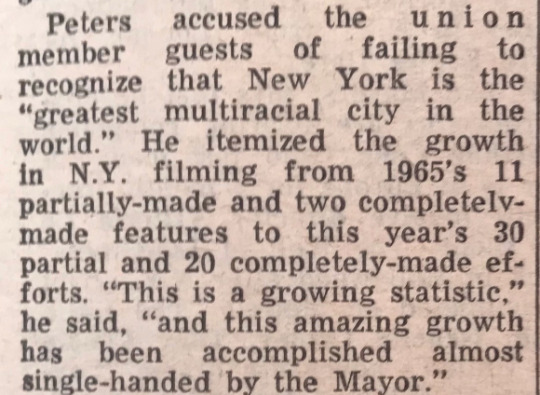
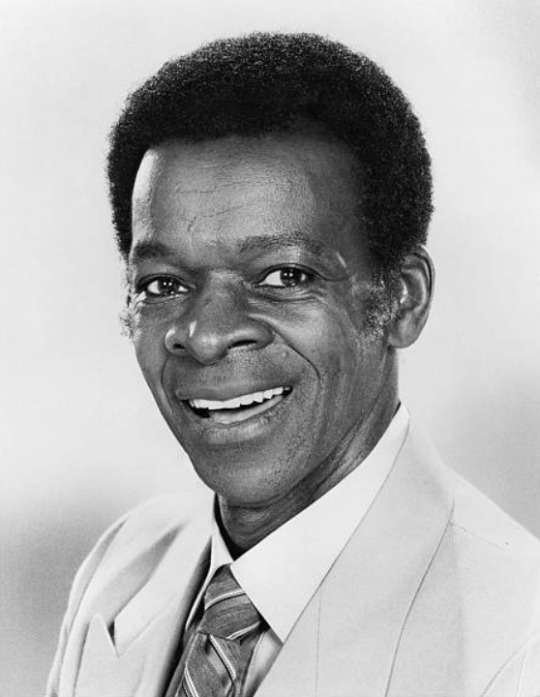

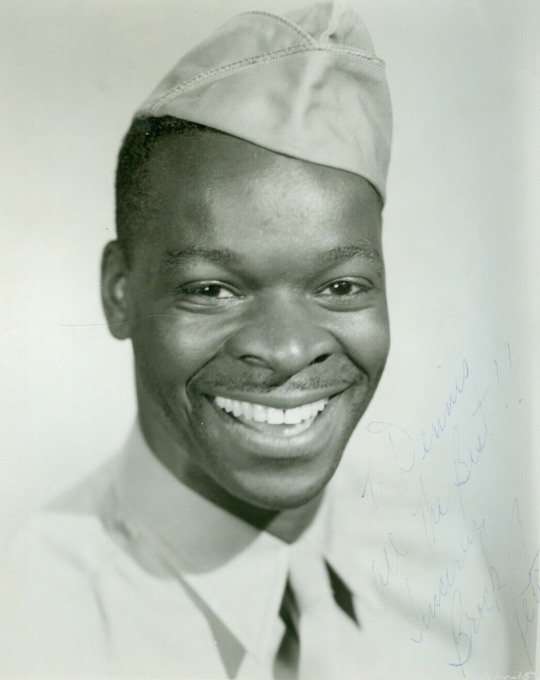


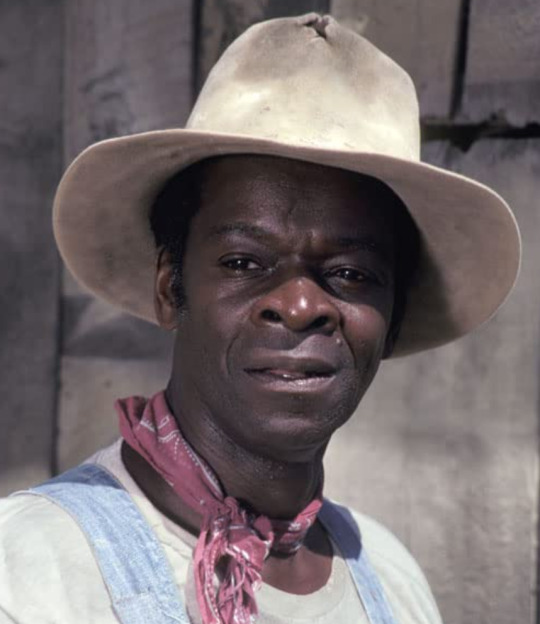
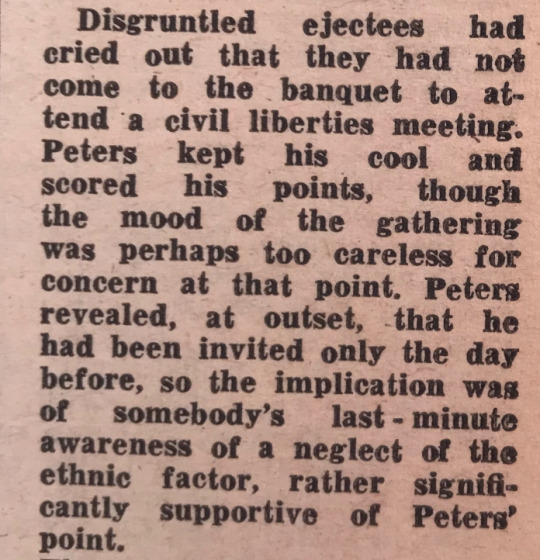
1968.
Brock Peters was heckled as he admonished the New York Motion Picture Productions Union Banquet for its lack of diversity.
18 notes
·
View notes
